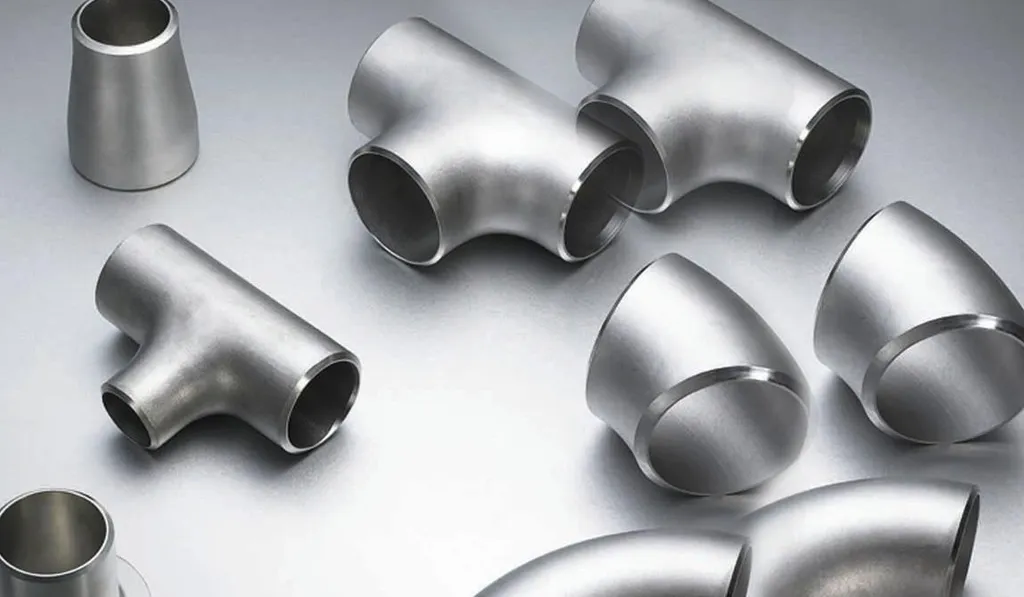In the quest to enhance the durability and performance of double-walled pipes, a team of researchers led by Reza Mansourian from the Faculty of Mechanical Engineering at Semnan University in Iran has made significant strides. Their study, recently published, focuses on measuring residual stress caused by slight hydroforming deformation processes in double-walled pipes, a critical factor in the energy sector’s infrastructure.
The research delves into the intricate world of residual stresses, which are the stresses that remain in a material after it has undergone manufacturing processes. These stresses can significantly impact the material’s performance and longevity. Mansourian and his team employed nanoindentation techniques to measure these residual stresses in ST52 steel/GGG70 iron double-walled pipes, a common material combination in the energy sector.
The findings are promising. The highest compressive residual stress was observed on the inner surface of the GGG70 iron, achieved under specific conditions: a pressure of 146 tons, a temperature of 73 °C, and a 5.6% concentration of Al₂O₃ nanoparticles in the fluid. “This level of compressive stress can enhance the pipe’s resistance to fatigue and corrosion, which is crucial for applications in harsh environments,” Mansourian explained.
The study also revealed that the residual stresses are almost uniform along the length of the pipe, with only slight variations at the initial part. The outer wall, with a yield stress of approximately 500 MPa, was found to be in a plastic state, indicating significant plastic deformation. “Understanding these stress distributions is vital for predicting the pipe’s behavior under different loading conditions,” Mansourian added.
The implications for the energy sector are substantial. Double-walled pipes are widely used in oil and gas transportation, power plants, and other energy infrastructure. The ability to control and optimize residual stresses can lead to longer-lasting, more reliable pipes, reducing maintenance costs and improving safety.
Moreover, the study’s findings could pave the way for advancements in mechanical joining processes. By understanding how residual stresses behave, engineers can develop more effective joining techniques, further enhancing the performance of double-walled pipes.
Published in the Journal of Advanced Joining Processes (known in English as the Journal of Advanced Welding and Joining Processes), this research is a significant step forward in the field. As Mansourian noted, “This work not only provides valuable insights into the behavior of residual stresses but also opens up new avenues for future research and development.”
In the ever-evolving energy sector, such advancements are crucial. They not only drive technological progress but also contribute to the sector’s sustainability and efficiency. As we look to the future, the work of Mansourian and his team serves as a reminder of the power of scientific inquiry and its potential to shape the world around us.

